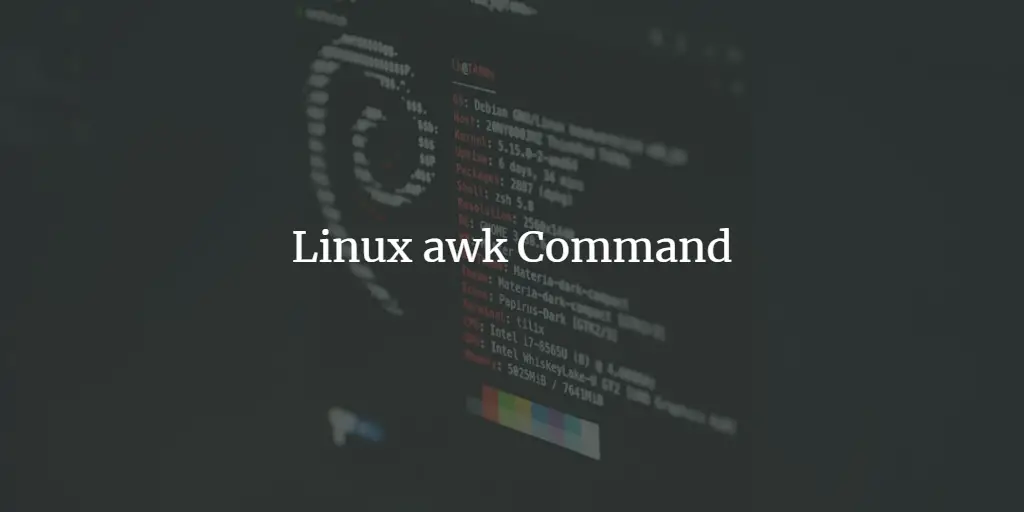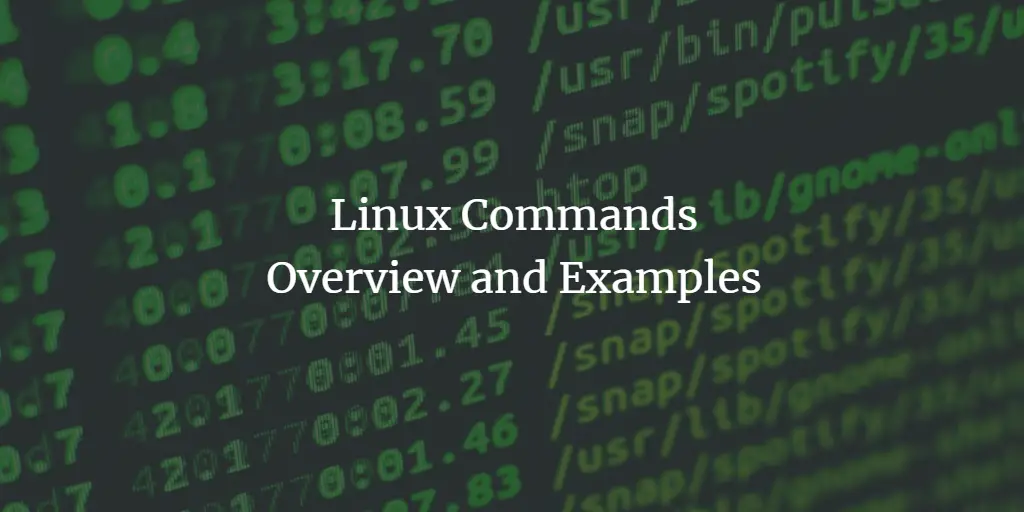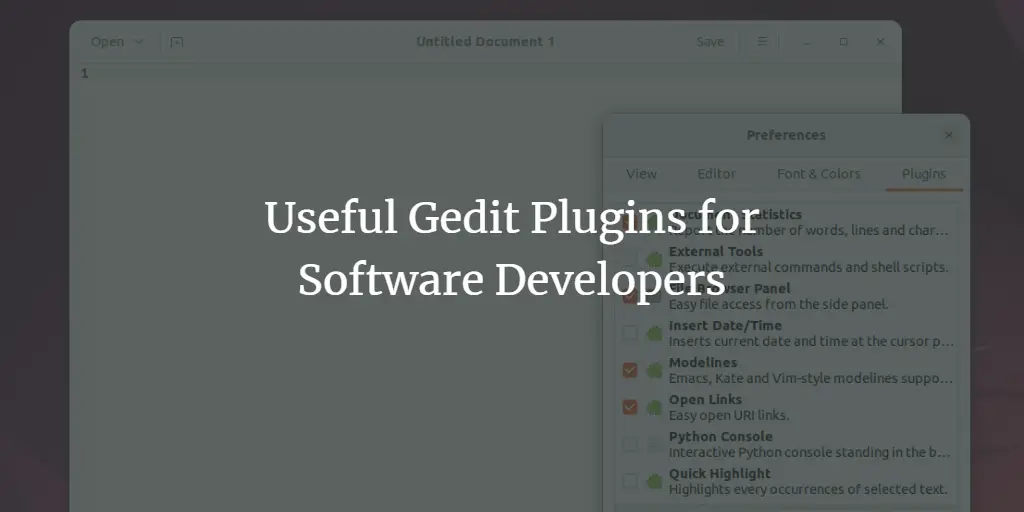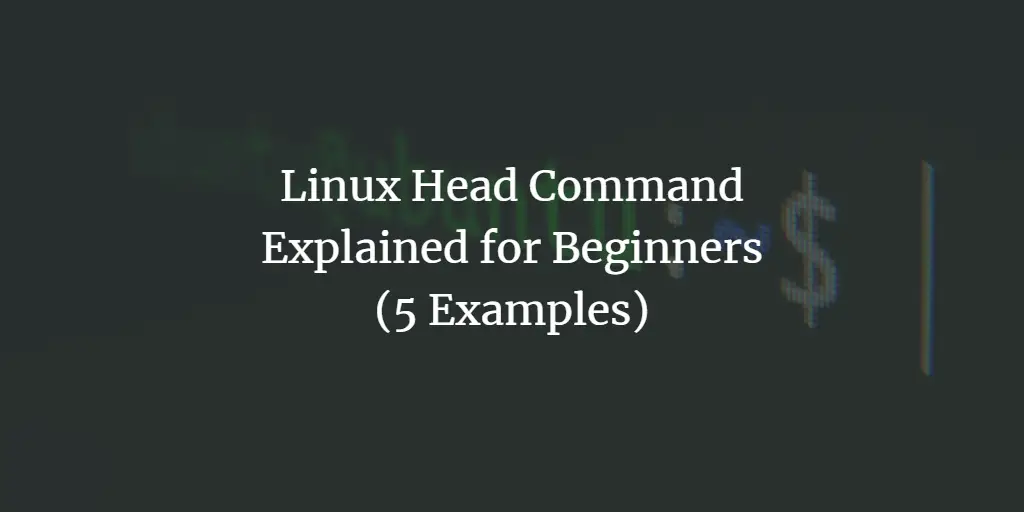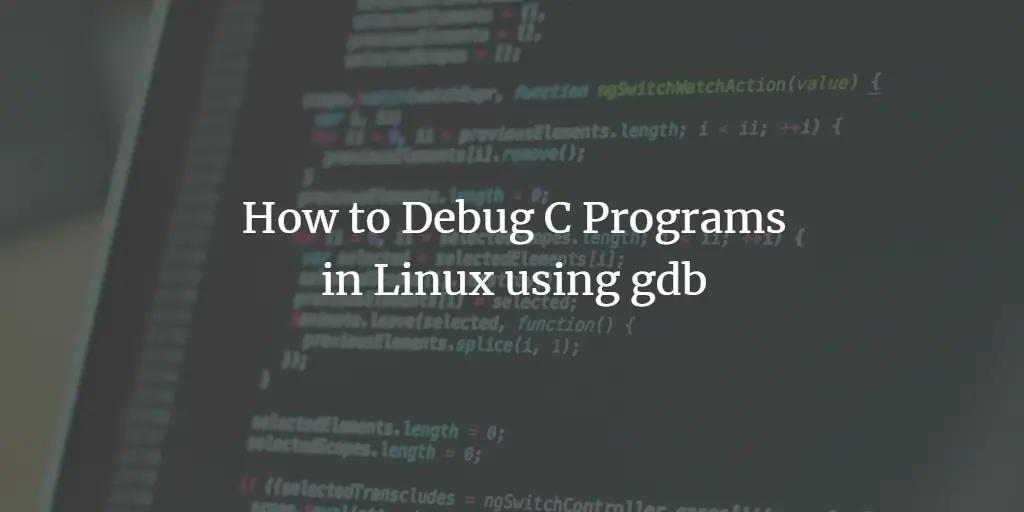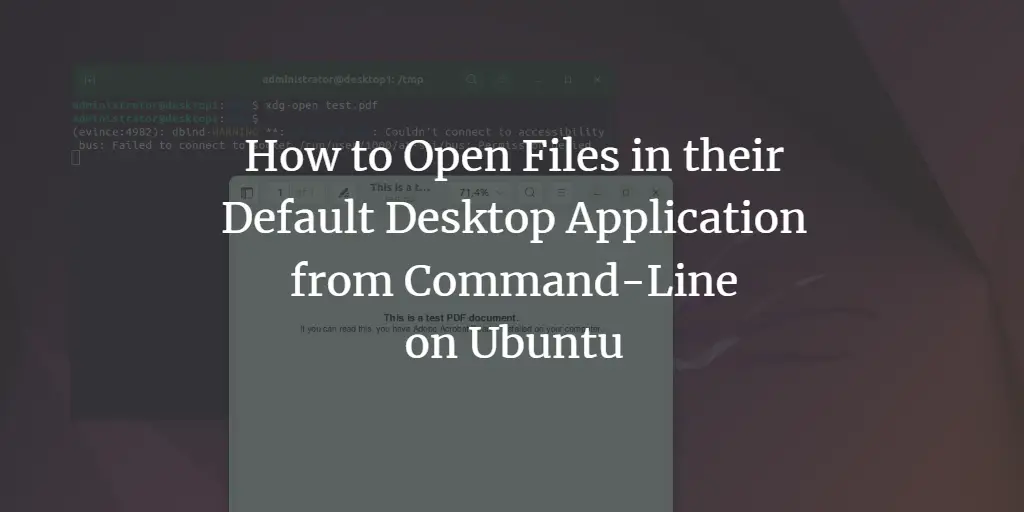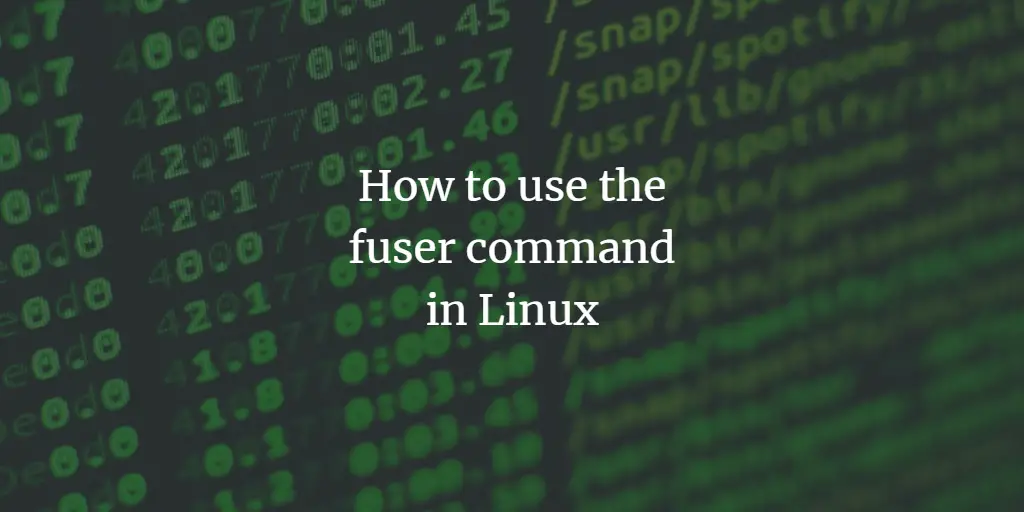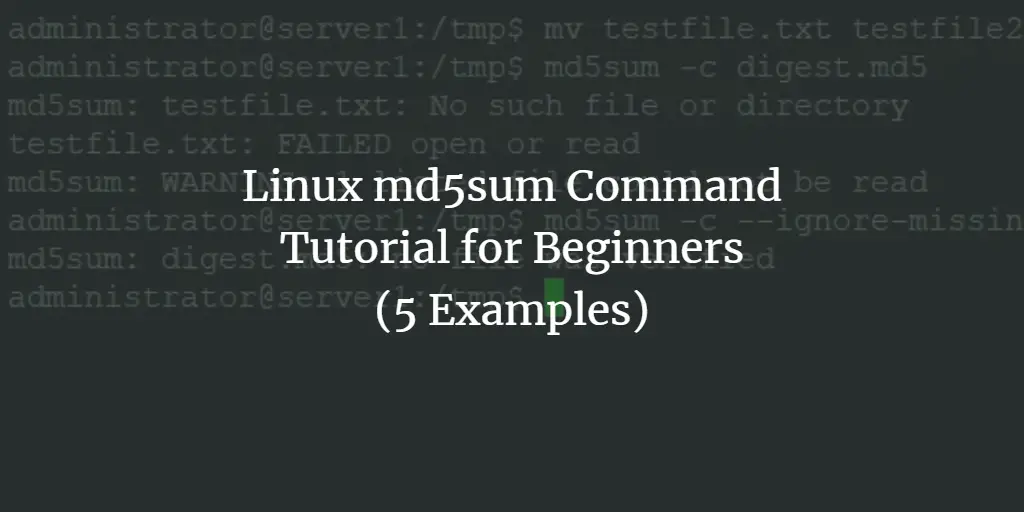Articles by Himanshu Arora
-
Linux awk Command
Author: Himanshu Arora • Tags: linux, shell • Comments: 0 • Published: May 24, 2024Among the numerous text processing tools available on the Linux shell, awk stands out for its power and versatility. Originally developed in the 1970s by Aho, Weinberger, and Kernighan, awk is more than just a command - it's a complete programming language designed for processing and analyzing text files.
-
Linux Commands - Overview and Examples
Author: Himanshu Arora • Tags: linux, shell • Comments: 13 • Updated: Mar 04, 2024The command line is one of the most powerful features of Linux. There exists a sea of Linux command line tools, allowing you to do almost everything you can think of doing on your Linux PC. However, this usually creates a problem: with so many commands available to use, you don't know where and how to start learning them, especially when you are beginner.
-
Linux bzcmp, bzdiff, bzmore, bzless, and bzgrep Commands Explained with Examples
Author: Himanshu Arora • Tags: linux, shell • Comments: 0While the bzip2 command line utility can be used to compress files, there are many other tools that let you perform basic tasks - like comparing such files - without the need to uncompress them. Here, in this tutorial, we will discuss the basics of bzcmp, bzdiff, bzmore, bzless, and bzgrep commands using some easy to understand examples.
-
-
Useful Gedit Plugins for Software Developers
Author: Himanshu Arora • Tags: desktop, linux, ubuntu • Comments: 6Gedit offers almost all the features expected from a basic text editor, but if that's not enough for some reason, you can add more functionality to it through plugins. This tutorial covers three of the most useful Gedit plugins for programmers.
-
Linux Head Command Explained for Beginners (5 Examples)
Author: Himanshu Arora • Tags: linux, shell • Comments: 0In this article, we will discuss the basics of the head command using some easy to understand examples. Sometimes, while working on the command line in Linux, you might want to take a quick look at a few initial lines of a file. For example, if a log file is continuously being updated, the requirement could be to view, say, first 10 lines of the log file every time.
-
10 Linux cat Command Examples for Beginners
Author: Himanshu Arora • Tags: linux • Comments: 1If you a regular Linux command line user, I am sure you must have used the cat command. The tool is mostly used for displaying contents of a file, although it provides many other small but useful features. In this article, we will discuss the cat command in detail, explaining some of its key features.
-
How to Debug C Programs in Linux using gdb
Author: Himanshu Arora • Tags: linux, programming • Comments: 1If you are a C/C++ programmer or develop software using the Fortran and Modula-2 programming languages, you'll be glad to know there exists an excellent debugger - dubbed GDB - that lets you easily debug your code for bugs and other problems. In this article, we will discuss the basics of GDB, including some of the useful features/options it provides.
-
How to Open Files in Default Desktop Application from Command-Line on Ubuntu
Author: Himanshu Arora • Tags: linux, shell, ubuntu • Comments: 6What do you do when you want to open a PDF file in Ubuntu? Simple, double click on the PDF file icon, or right-click and select the "Open with Document Viewer" option. But what if you're asked to do the same task through the command line? Do you know the command line utility that will do the job for you? However, you'll be glad to know that there's way through which you can launch Evince for a PDF file, even if you don't know the fact that a command line utility of that name exists, and that's what we'll be discussing in this article.
-
How to use the fuser command in Linux
Author: Himanshu Arora • Tags: linux, shell • Comments: 2Suppose you are given a task to identify the processes that are using a particular file, and then kill them one by one - all this has to be done from the command line. What would you do? Well, if you are a command line newbie, I am sure you'd be clueless, asking around for help. But command line pros will likely have an idea that there exists a command line utility in Linux that lets you identify processes based on the files (or directories, or sockets) they are accessing. Not only that, the tool also allows you to kill these processes, so you don't have to use the kill or killall commands separately. The command line utility we're talking about is fuser.
-
Linux md5sum Command Tutorial for Beginners (5 Examples)
Author: Himanshu Arora • Tags: linux, shell • Comments: 1While we have already discussed the cksum command line utility, there's another tool that you can use in scenarios where, say, you need to verify the integrity of files during transfers. The tool we're talking about here is md5sum. In this tutorial, we will discuss the basics of this command using some easy to understand examples.


